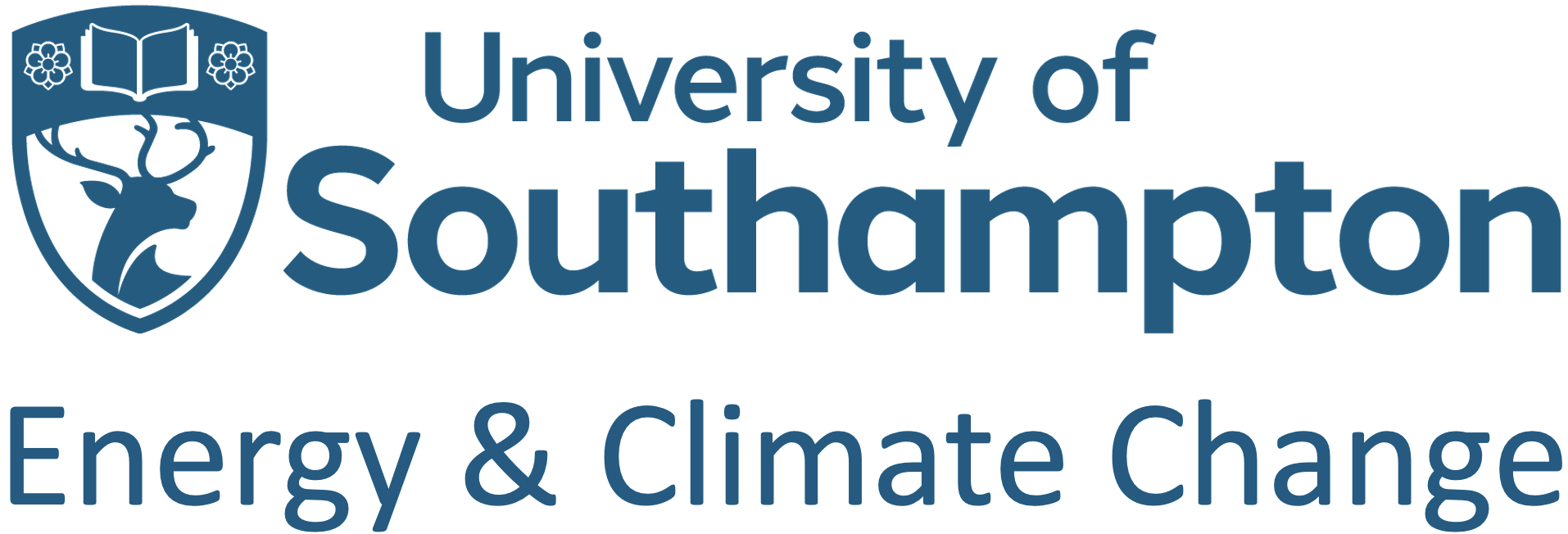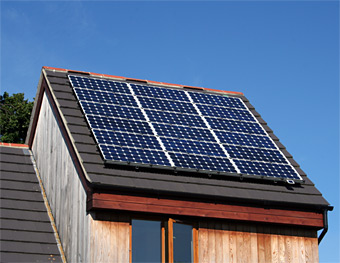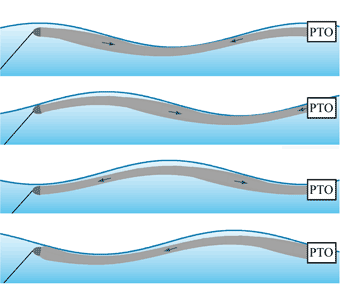
The Energy and Climate Change Division is involved in the investigation of Anaconda and different modifications of its original design within an EPSRC funded project. The emphasis lies in the development of a better understanding of the hydrodynamics of the device and validated numerical simulations.
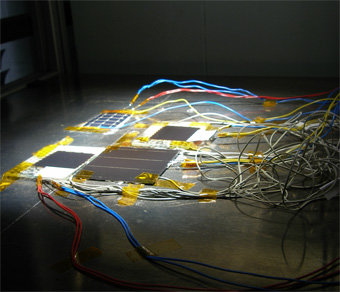
Achieving low cost, non-toxic, high efficiency, high throughput solar cells is the ultimate challenge for the solar energy industry. Traditional glass laminate crystalline silicon solar cells offer relatively high efficiency (up to 20%) but are an expensive product. Research and development of low cost sputtered amorphous silicon solar cells on flexible substrates is being conducted in collaboration with three organisations Plasma Quest Ltd (PQL), SERG and Romag Ltd.
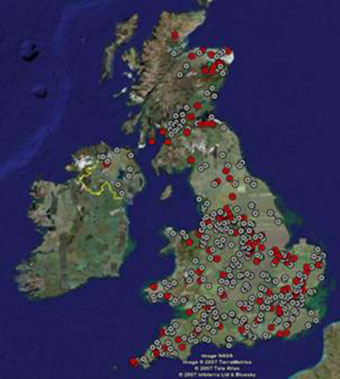
The UK has the best wind resource in Europe and this is now starting to be harnessed through both on-shore and off-shore multi-MW scale wind farms. Whilst performance figures for commercial wind farms are well known, no comparable data exists for the micro wind market. ECCD is part of the UK micro wind trial which is funded by the Energy Saving Trust.
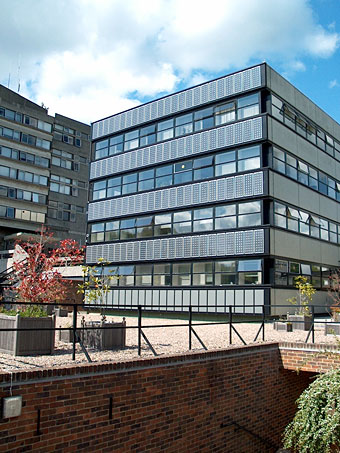
An investigation of mismatch effects on a 24 string array at the University of Southampton has been undertaken. Building 2 has a vertical 7.2 kWp SW facing array, consisting of 96 BP275 mono-crystalline PV modules, configured as 24 strings, each consisting of 4 modules in series.

